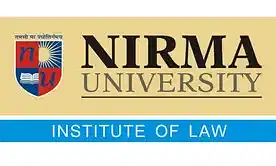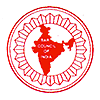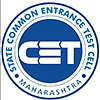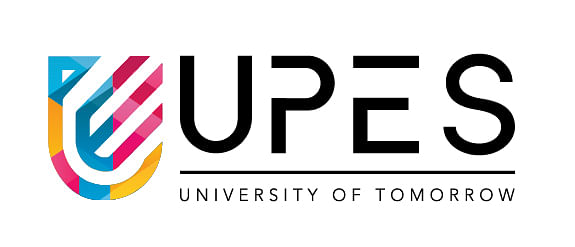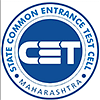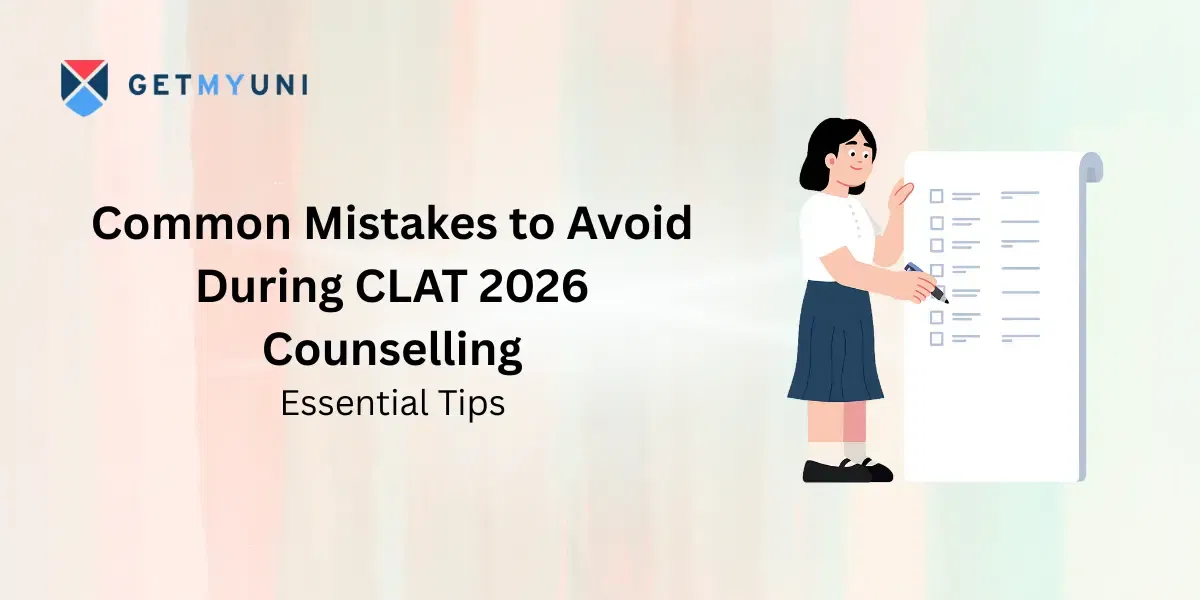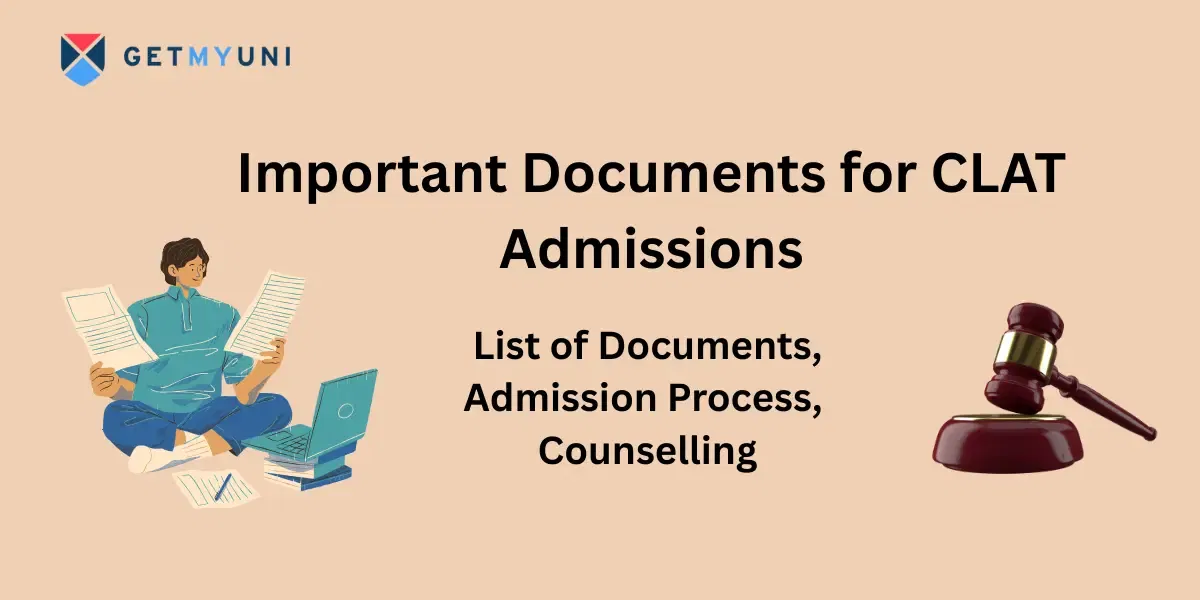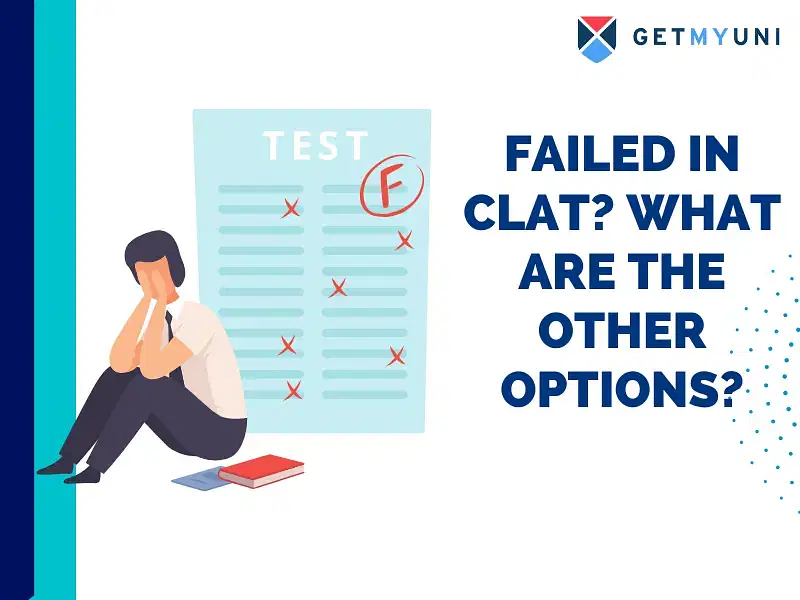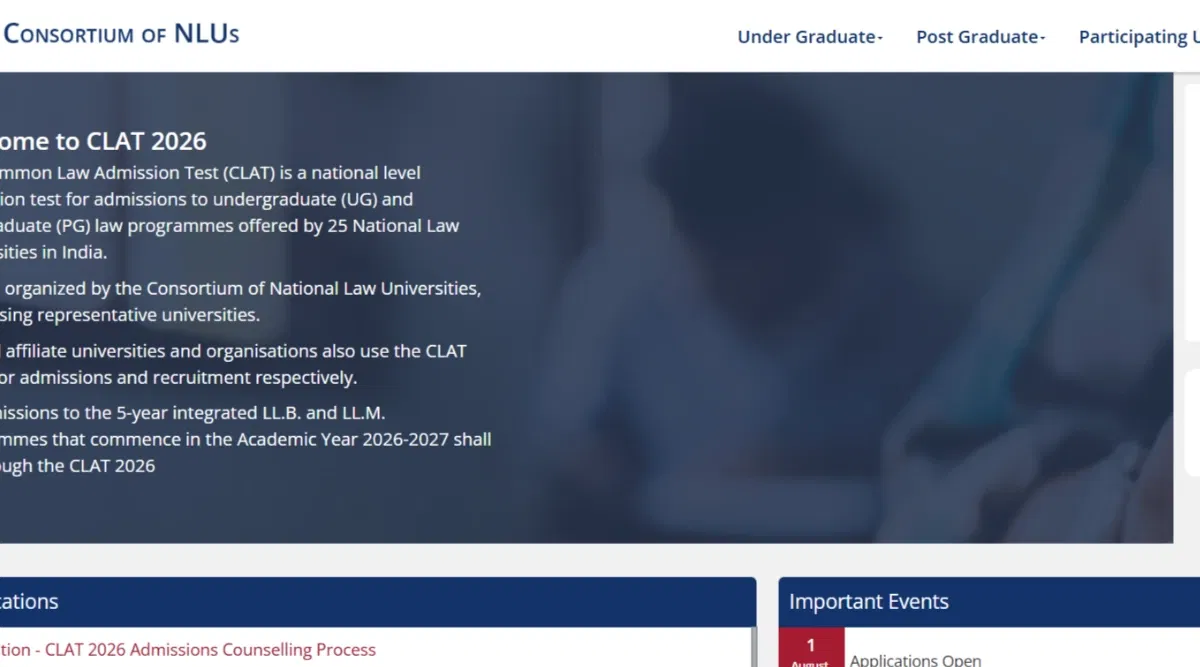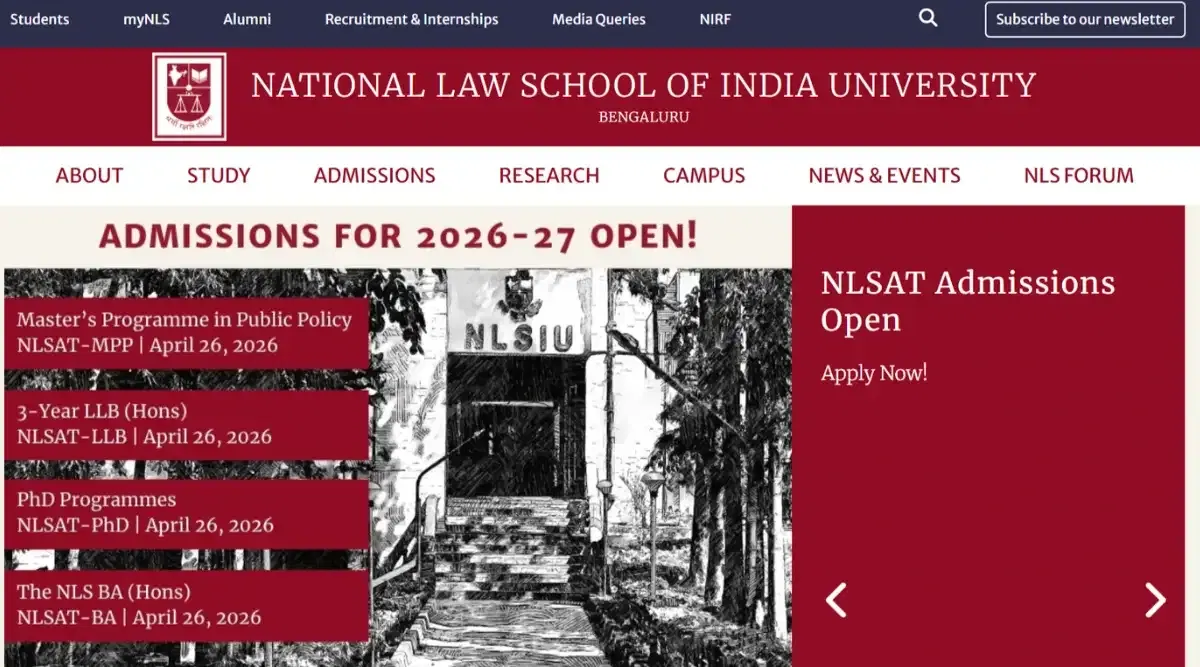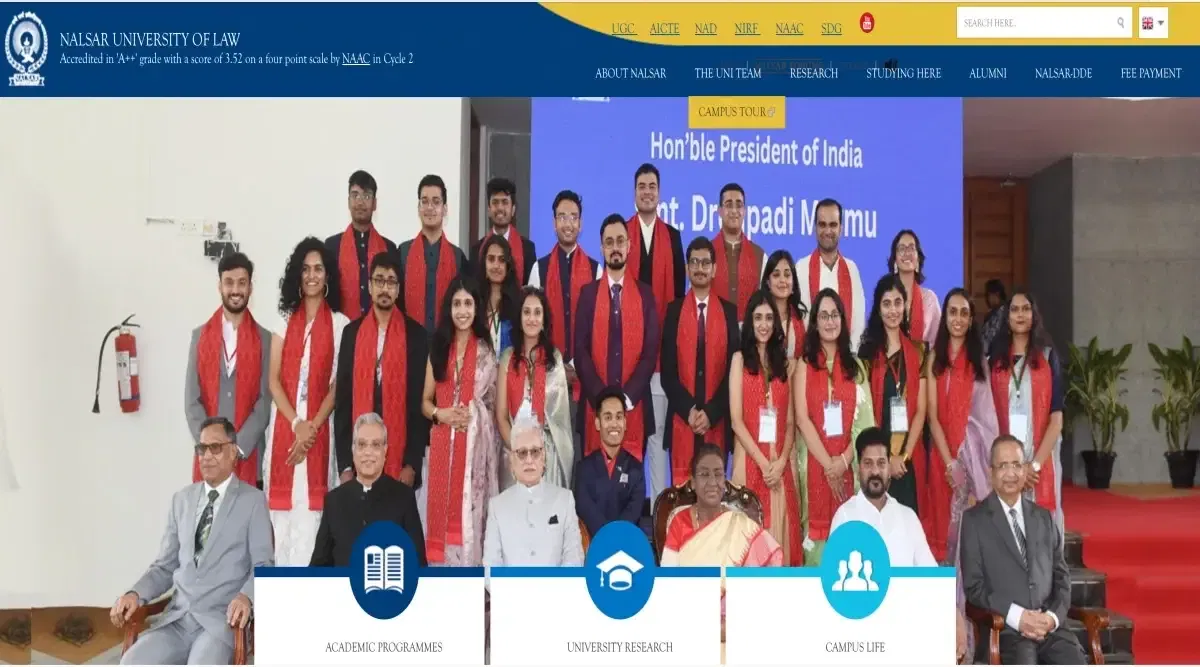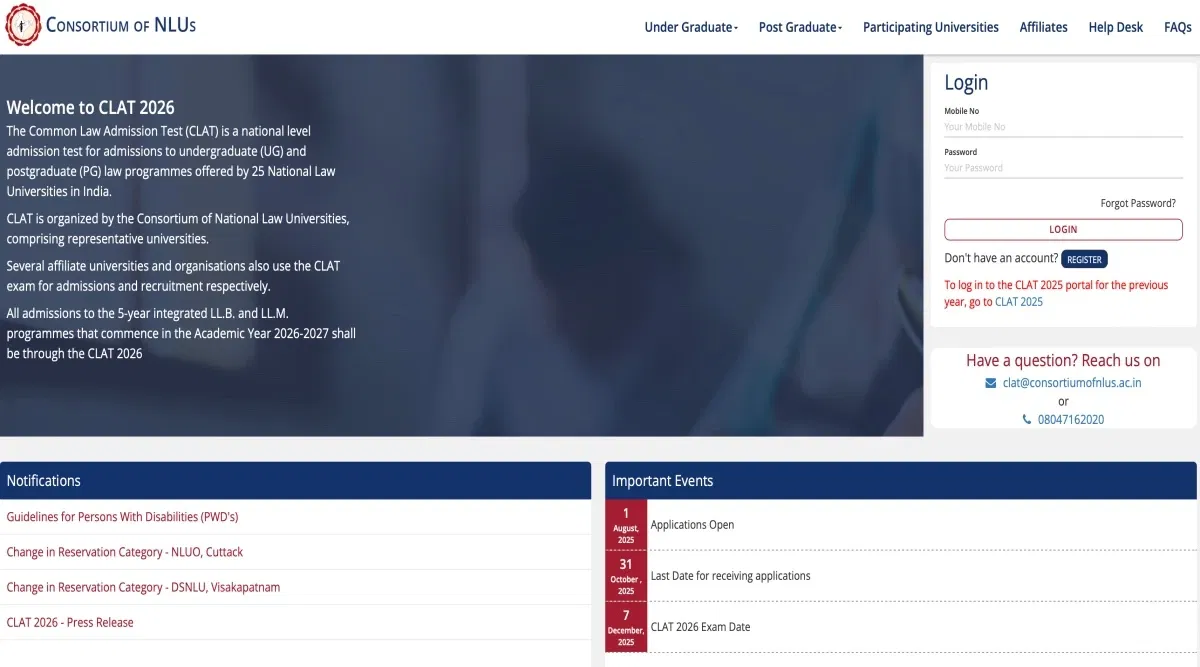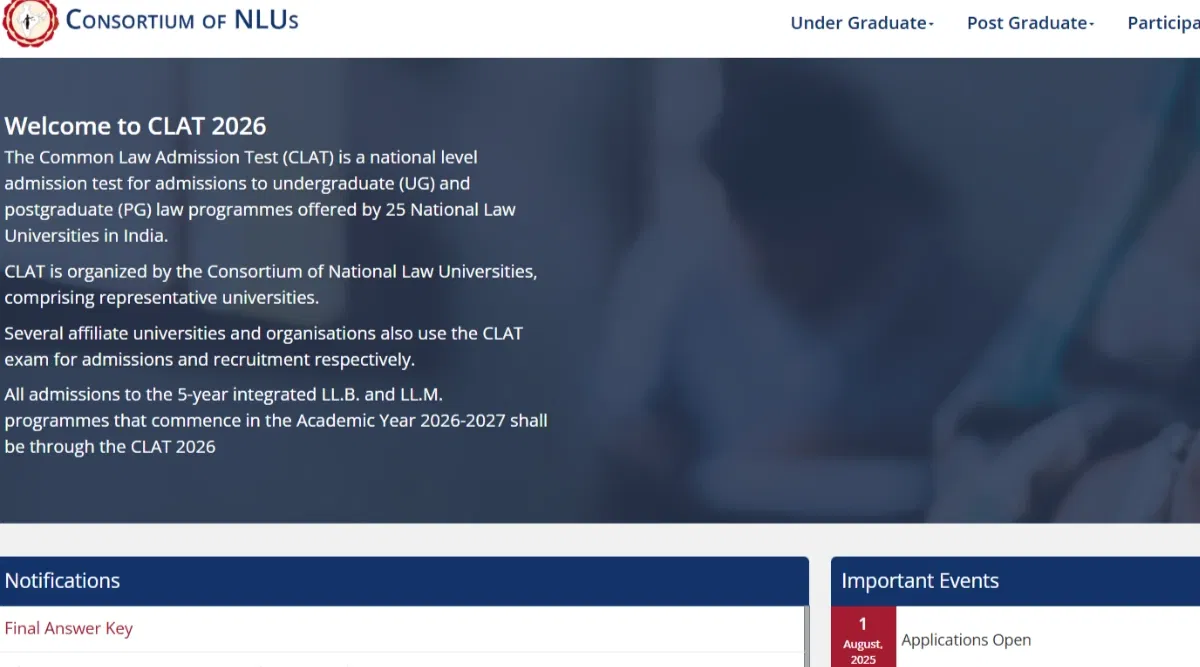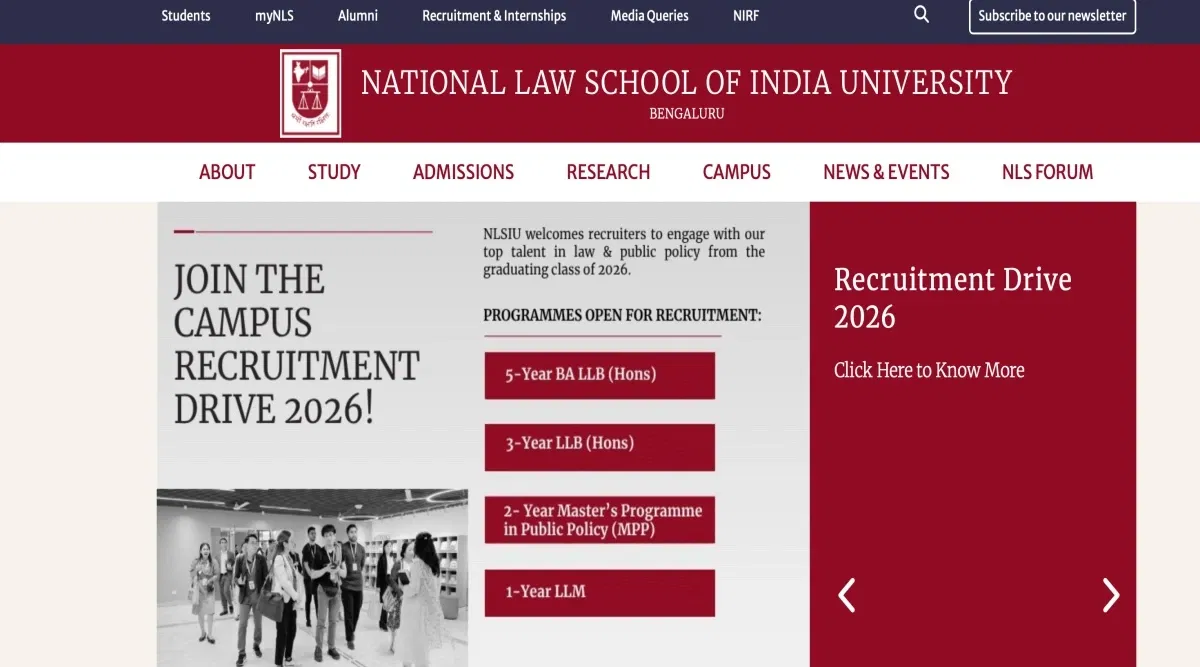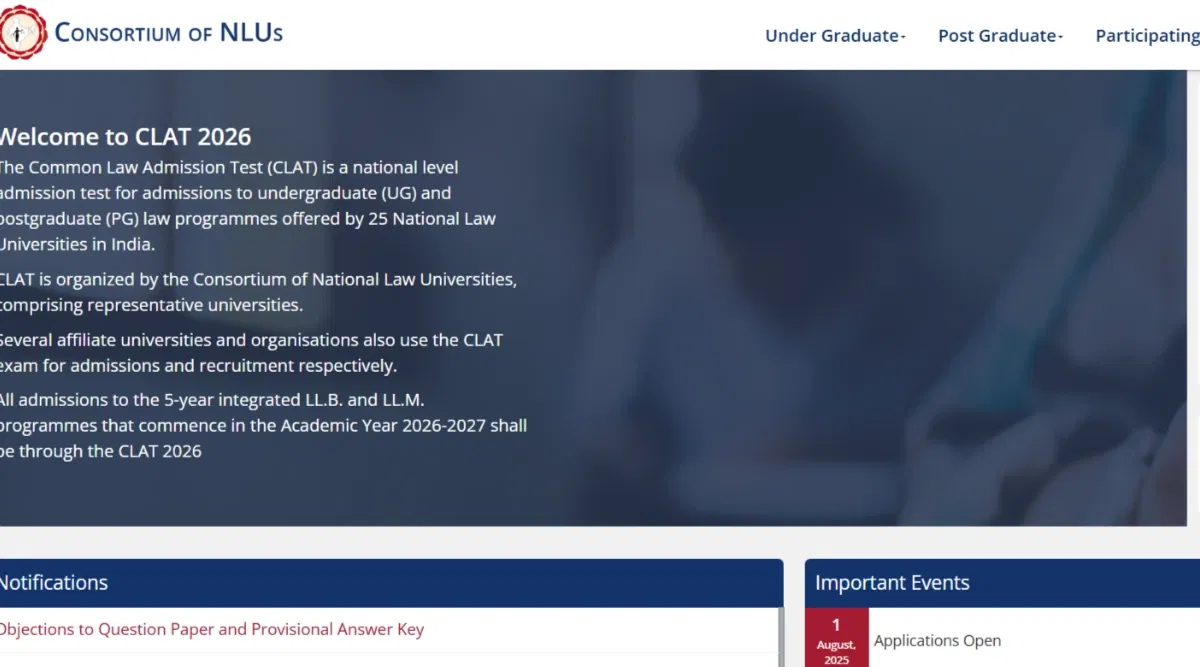
Table of Contents
CLAT Syllabus 2026 is framed by the Consortium of National Law Universities. The syllabus comprises five sections, namely, Current Affairs, General Knowledge, Legal Reasoning, Logical Reasoning, English and Quantitative Techniques.
Although the CLAT 2026 Syllabus remains the same as the previous year, there is a change in the CLAT exam pattern 2026. The total number of questions is reduced from 150 to 120.
To achieve good exam scores, CLAT aspirants must be thoroughly familiar with the CLAT syllabus 2026. Students can download the syllabus from the consortiumofnlus.ac. on the official website.
The CLAT exam is a national-level entrance examination for UG and PG admission in various law colleges and universities.
Practice Now: CLAT Previous Year Question Papers
CLAT Syllabus 2026: Download PDF
The Consortium of National Law University designs the CLAT syllabus 2026. The syllabus explains in detail each topic in individual subjects. Candidates can download the PDF of the CLAT syllabus 2026 from the link below.
| Subject | CLAT 2026 Syllabus Download PDF |
|---|---|
| CLAT 2026 Syllabus (UG/PG) | Download |
Detailed UG CLAT 2026 Syllabus
CLAT 2026 aspirants must consult the curriculum while they study for the test. In the CLAT syllabus 2026, there are five sections. Each section's weightage in the exam is fixed. Students can find a detailed mark allocation for each section in the CLAT 2026 syllabus.
CLAT Syllabus 2026 - Section-wise Distribution of Questions
| Subjects | Number of Questions | Marks |
|---|---|---|
| English Language | 28-32 questions | 28 - 32 |
| Current Affairs, including General Knowledge | 35-39 questions | 35 - 39 |
| Legal Reasoning | 35-39 questions | 35 - 39 |
| Logical Reasoning | 28-32 questions | 28 - 32 |
| Quantitative Techniques | 13-17 questions | 13 - 17 |
| Total | 150 | 150 |
CLAT Exam Syllabus 2026 Highlights
The CLAT syllabus 2026 was revised in July 2023. However, there are no changes in the CLAT 2026 syllabus, and candidates must prepare the latest syllabus of CLAT 2026 from the official Consortium website.
Candidates must refer to CLAT books 2026 to aid their preparation process in the sections below.
The Consortium of National Law Schools and Universities is the conducting authority that decides the syllabus for CLAT 2026. Every year, the CLAT official syllabus goes through slight modifications. Candidates can review the list of subjects covered under the CLAT 2026 syllabus below.
- English Language
- Current Affairs (including General Knowledge)
- Legal Reasoning
- Logical Reasoning
- Quantitative Ability
| Parameters | Highlights |
| Exam Name | CLAT 2026 |
| Conducting Body | The Consortium of National Law Universities and Schools |
| Sections | English Language Current Affairs (including General Knowledge) Legal Reasoning Logical Reasoning Quantitative Ability |
| Maximum Marks | 150 Marks |
| Marking Scheme | For every correct response, 1 (one) mark is awarded |
| Negative Marking | Deduction of 0.25 Marks for Each Incorrect Answer |
| Exam Duration | 2 Hours |
| Type of Questions | Objective - Multiple Choice Questions (MCQs) |
Also Check: Which Stream is Best for CLAT 2026?
CLAT Syllabus 2026 (UG and PG) - General Overview
A brief overview of the CLAT subjects 2026 will help candidates understand the basic requirements for the exam. A general outline of the CLAT subjects has been provided in the table below for student's reference.
|
CLAT UG Syllabus |
CLAT LLM Syllabus |
|---|---|
|
English Language |
Constitutional Law, Jurisprudence, Administrative Law |
|
Current Affairs, including General Knowledge |
Law of Contract, Torts, Family Law, Criminal Law |
|
Legal Reasoning |
Property Law, Company Law |
|
Logical Reasoning |
Public International Law, Tax Law |
|
Quantitative Techniques |
Environmental Law, and Labour and Industrial Law |
CLAT English Language Syllabus 2026
CLAT syllabus 2026 for English language tests the candidate's reading ability. Candidates must attempt 4 to 5 comprehension passages of 450 words each. The passages will be derived from fiction and non-fiction contemporary and historical sources. Furthermore, 4 to 5 objective-type questions will test the candidate's skills.
Candidates can follow the guidance to solve the passage questions.
- Candidates must understand the main point and the arguments and viewpoints discussed in the passages.
- They need to draw conclusions and inferences based on the contents of the passages.
- Students must identify, compare, and contrast the different arguments or viewpoints in the passages.
- Aspirants must have a fair knowledge of vocabulary and understanding of the phrases.
| Particulars | Important details |
| Total Weightage | 20% |
| Type of Questions | Comprehension-type passage-based questions |
| Content | Passages of around 450 words will be drawn from contemporary / historically significant fiction and non-fiction writing |
| Ability Tested | Comprehension and language skills. Ability to draw inferences and conclusions. Ability to summarise the passageIdentify arguments and viewpoints. Word meaning and phrases |
| Standard of Questions | 12th standard |
Reading Materials for the English Language
CLAT syllabus 2026's language portion requires thorough preparation. Candidates should improve their comprehension of complex texts and their ability to read quickly. The following reading material will help the students prepare for this section.
- Word Power Made Easy by Norman Lewis
- High School English Grammar and Composition by Wren and Martin
- English newspaper - The Hindu or The Indian Express
- Editorials and articles are given in newspapers and magazines
Also Check: Idioms and Proverbs for CLAT 2026 With Meanings and Examples
CLAT Current Affairs Syllabus 2026 (Including General Knowledge)
This CLAT syllabus 2026 will help applicants understand current affairs and general knowledge. This section will also have 450-word comprehension passages. It includes objective questions following each passage.
The Current Affairs section will have around 35 and 39 questions, which make up 25% of the paper. Candidates must read up on the following topics to stay on top of their preparation.
- News and Events (from India and around the world)
- Legal Editorials
- Legal Opinions
- Journals
- Non-fiction writing
- Art and Culture
- International Affairs
- Historical Events (of continuing significance)
| Particulars | Important details |
| Total Weightage | 20% |
| Type of Questions | Comprehension-type passage-based questions |
| Content | Passages of around 450 words will be drawn from contemporary / historically significant fiction and non-fiction writing |
| Ability Tested | Comprehension and language skills. Ability to draw inferences and conclusions. Ability to summarise the passage. Identify arguments and viewpoints. Word meaning and phrases |
| Standard of Questions | 12th standard |
Study Materials for General Knowledge
The general knowledge and current affairs part of the syllabus for CLAT 2026 emphasises conceptual understanding. Candidates must thoroughly prepare for this section. Reading editorials and news items is a crucial component of CLAT preparation.
They can use the study resources below to discuss current events and general knowledge for the CLAT 2026 syllabus.
- Lucent’s General Knowledge
- Pratiyogita Darpan
- Newspapers - The Hindu or The Indian Express, or any other good newspaper
- Websites on current affairs for CLAT and UPSC Civil Services
- NCERT books for understanding basic geography, history, polity and economics
CLAT Legal Reasoning Syllabus 2026
The Legal Reasoning section will also have 4 to 5 comprehension passages. This section makes up 25% of the overall questions asked in the paper. These events relate to legal matters and questions, public policy questions, and moral philosophical inquiries.
For Legal Reasoning CLAT syllabus 2026, candidates must have some prior knowledge or understanding of the law. This includes concepts on the legality of moral issues, which will help with attempting this section. The questions that may be asked will revolve around the themes given below for student's reference.
- They must identify the rules and principles mentioned in the passage and draw conclusions
- Candidates must use the rules and principles in the passage to address factual situations
- Aspirants must understand how a change in the rules and principles can alter their applications to factual situations.
|
Particulars |
Important details |
|
Total Weightage |
25% |
|
Type of Questions |
Comprehension-type passage of 450 words each, followed by objective-type questions |
|
Content |
Fact situations or scenarios involving legal matters, public policy questions, or moral philosophical inquiries |
|
Ability Tested |
General awareness of contemporary legal and moral issues Identify and infer the rules and principles given in the passage Apply rules and principles to various fact situations Ability to understand changes to the rules or principles and their impact on various situations |
|
Standard of Questions |
12th standard |
CLAT Legal Aptitude - What to Study?
Legal aptitude is one of the most crucial sections of the CLAT syllabus 2026. It will include inquiries to assess the candidate's knowledge of the law and its facets.
The legal aptitude portion will examine the candidate's legal knowledge and awareness of current legal events. Candidates must get ready for both types of inquiries. For the CLAT legal aptitude test, the study materials and topics are listed below for student's convenience.
- Bare Acts of the Indian Constitution
- Legal Awareness and Legal Aptitude by AP Bhardwaj
- Universal's CLAT Guide
- Newspapers - The Hindu or The Indian Express
- Websites on current affairs for CLAT and legal issues
Important Topics for CLAT Legal Aptitude
Candidates can refer to the important topics for CLAT Legal Aptitude are listed below.
- Indian Constitution - Fundamental Rights, Duties, Judiciary, Parliament, Directive Principles of State Policy, Local governments
- Important amendments and provisions
- Important judgments
- Current legal affairs
Also Check: Criminal Law Questions for CLAT with Answers
CLAT Logical Reasoning Syllabus 2026
The Logical Reasoning section tests the candidate's critical and analytical thinking abilities. Candidates must prepare for the syllabus of CLAT to tackle 28 to 32 objective-type questions that will require the candidate to demonstrate the following.
- They must recognise arguments, the premise of the arguments, and the conclusion.
- Candidates must critically examine reasoning patterns and draw conclusions based on evidence and premises.
- They must draw an inference from reading the passages and apply it to new situations.
- They need to assess the effectiveness of the arguments, linking relationships and analogies, and identifying contradictions and equivalence.
| Particulars | Important details |
| Total Weightage | 20% |
| Type of Questions | Passage-based (300-word long) objective questions |
| Content | Based on sets and arguments, puzzles, diagrams, relationships and others |
| Ability Tested | Ability to identify arguments and their premises and draw conclusions, Ability to critically analyse patterns of reasoning and assess how conclusions may depend on particular premises or evidence. Infer what follows from the passage and apply these inferences to new situations |
| Standard of Questions | 12th standard |
Study Materials for Logical Reasoning
Candidates must practise the test questions to prepare for the logical reasoning section in the exam. Applicants must recognise and resolve questions from prior years and solve the ones with a similar format. For the CLAT syllabus 2026 logical reasoning, the following texts are recommended.
- Verbal and Non-Verbal Reasoning by RS Aggarwal
- Analytical and Logical Reasoning by R.S. Aggarwal
- Analytical Reasoning by MK Pandey
Important Topics to Study
Candidates must know the most frequently asked questions in the logical reasoning subject. Students must focus more on the essential topics listed below.
- Analogies
- Series
- Seating arrangement
- Syllogisms
- Blood relations
- Logical sequences and matching
- Calendars and clocks
Also Check: How to Improve Logical Reasoning for CLAT 2026?
CLAT Syllabus 2026 Quantative Aptitude
The CLAT syllabus 2026 for quantitative aptitude also has topics from Class X Mathematics. Most questions will be from short sets, facts or propositions, graphs or text, and pictorial or diagrammatic representations of numerical formations.
Using the information derived from these representations, candidates must apply Mathematical formulas and operations to answer the questions. This section of the CLAT exam syllabus 2026 can be fairly scored for applicants if appropriately prepared.
This section will have between 13 to 17 questions. Candidates will have to study the following topics closely.
- Ratios and Proportions
- Basic Algebra
- Mensuration and Statistical Estimation
- Percentage
- Profit and Loss
| Particulars | Important details |
| Total Weightage | 10% |
| Type of Questions | Facts or propositions, graphs, or other textual, pictorial, or diagrammatic representations of numerical information, followed by a series of questions. |
| Content | Derive, infer, and manipulate numerical information set out in such passages, graphs, or other representations. Apply various 10th-standard mathematical operations |
| Ability Tested | Class 10th |
Study Materials for Math
Practice is essential for CLAT math preparation. Solving the previous year's papers can help to understand the type of problems asked in this part. Candidates must use the books listed below to learn the CLAT maths syllabus.
- Quantitative Aptitude by RS Aggarwal
- Elementary Mathematics with Numerical Ability
- Class 10th NCERT Textbook
Important Topics to be Covered
Candidates should practise questions from the following topics to sharpen their numerical abilities and cover the CLAT syllabus 2026 for Maths thoroughly.
- Ratios and proportions
- Basic algebra
- Mensuration
- Statistical estimation
- Algebra
Also Check: Quantitative Techniques for CLAT 2026
CLAT LLM Syllabus 2026
CLAT syllabus 2026 for LLM contains the core LLB disciplines at the postgraduate level (3-year and 5-year LLB). Candidates can go through the list of the syllabus included subjects.
CLAT Syllabus 2026 for LLM
Candidates can go through the CLAT LLM syllabus in the tabular column.
| Constitutional Law | Law of Torts |
| Administrative law | Criminal Law |
| Family Law | Labour and industrial law |
| Property law | Public international law |
| Jurisprudence | Company Law |
| Intellectual Property Law | International Law |
| Tax law | Law of Contracts |
| Environmental law | |
CLAT LLM Question Pattern 2026 - Test Structure
The objective component will be the only section of CLAT LLM. There will be 100 multiple-choice questions in the objective portion, each worth one mark.
| Subjects | Number of MCQ questions | Marks |
| Constitutional Law | 60 | 60 |
| Other Law Subjects include Contracts, Torts, Criminal Law, International Law, IPR and Jurisprudence. | 60 | 60 |
| Total | 120 | 120 |
Also Check: Do's and Don'ts for CLAT 2026: Exam Tips
CLAT Subjects Weightage 2026
The exam conducting authority sets a weightage for each section in CLAT 2026 exam. The subject-wise distribution of questions and marks in the exam as per CLAT syllabus 2026 is as follows.
| Subject | Expected No. of Questions | Weightage Percentage |
| English Language | 28 - 32 | 20% |
| Current Affairs (including GK) | 35 - 39 | 25% |
| Legal Reasoning | 35 - 39 | 25% |
| Logical Reasoning | 28 - 32 | 20% |
| Quantitative Ability | 13 - 17 | 10% |
| Total | 150 | 100% |

FAQs on CLAT Syllabus
Q: Who will release the CLAT Syllabus 2026?
The CLAT syllabus for 2026 exam is released by the Consortium of National Law Universities.
Q: Where can candidates find reliable CLAT 2026 Syllabus PDF files?
Candidates can find comprehensive syllabus PDF files for CLAT 2026 exam on this page. Additionally, candidates can also visit the official website of Consortium of National Law Universities https://consortiumofnlus.ac.in/.
Q: What does CLAT syllabus 2026 include?
Candidates will find 5 broad subjects in the CLAT syllabus, namely Current Affairs, General Knowledge, Legal Reasoning, Logical Reasoning, English, and Quantitative Techniques.
Q: How many questions are asked in the Quantitative Aptitude section for CLAT exam?
CLAT exam asks around 13-17 questions for Quantitative Aptitude section.
Q: What is the distribution of the Legal Reasoning section of the CLAT 2026 Syllabus?
The legal reasoning section of the CLAT exam 2026 asks 4-5 comprehension questions, and makes up 25% of the official exam weightage.
Q: Is the CLAT exam syllabus 2026 same as last year?
No. The Consortium of National Law Universities keeps amending the CLAT syllabus every year.
Q: What is the syllabus of CLAT for Current Affairs and General Knowledge 2026?
The CLAT syllabus for Current Affairs and General Knowledge is News and Events (from India and around the world), Legal Editorials, Legal Opinions, Journals, Non-fiction writing, Art and Culture, International Affairs, Historical Events (of continuing significance).





